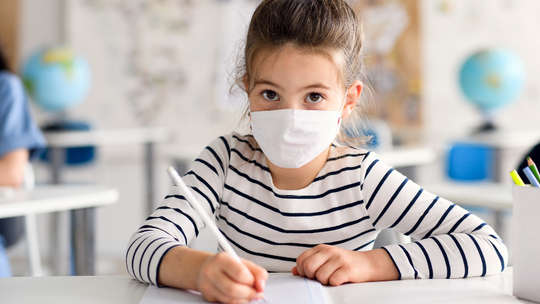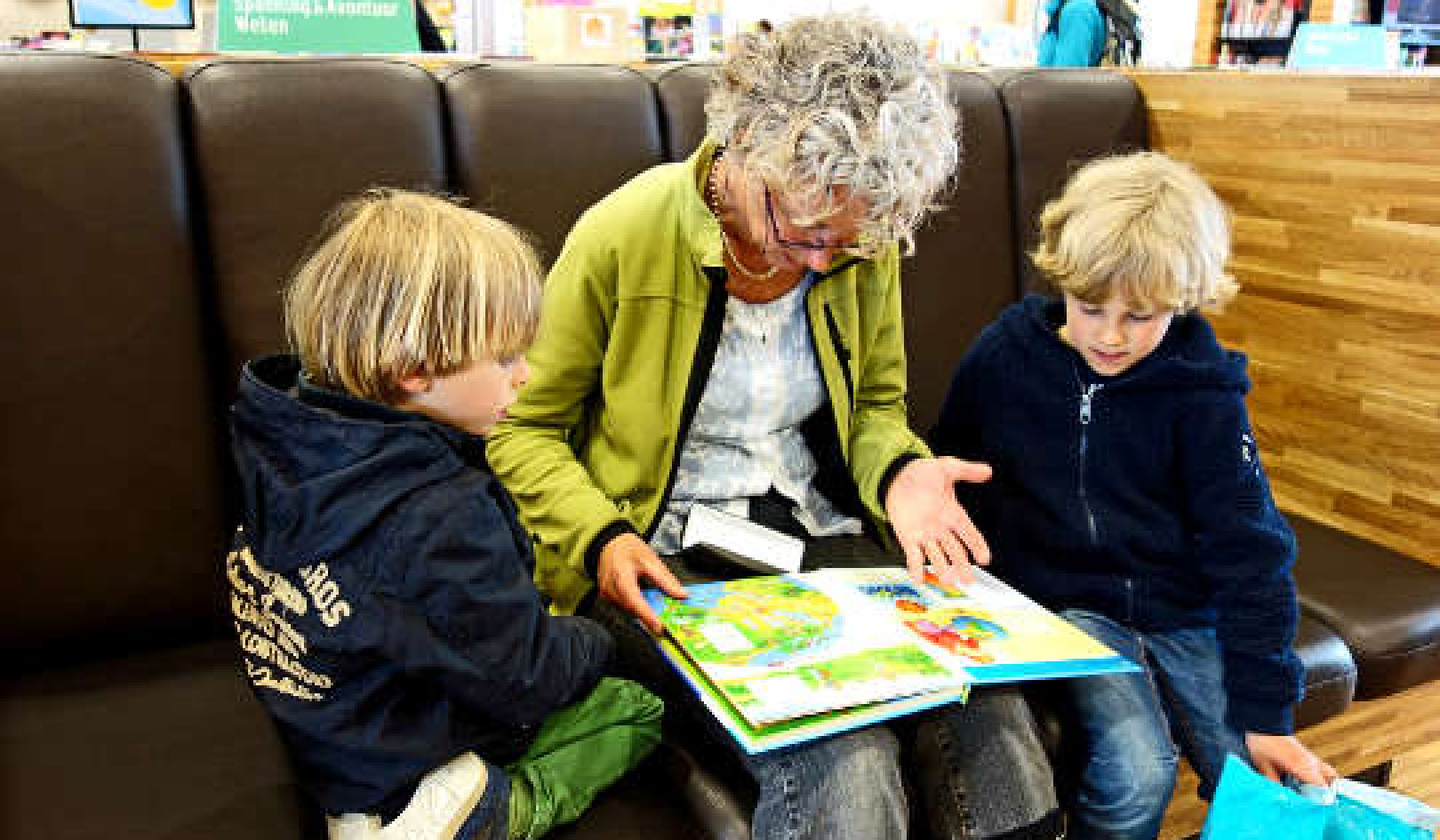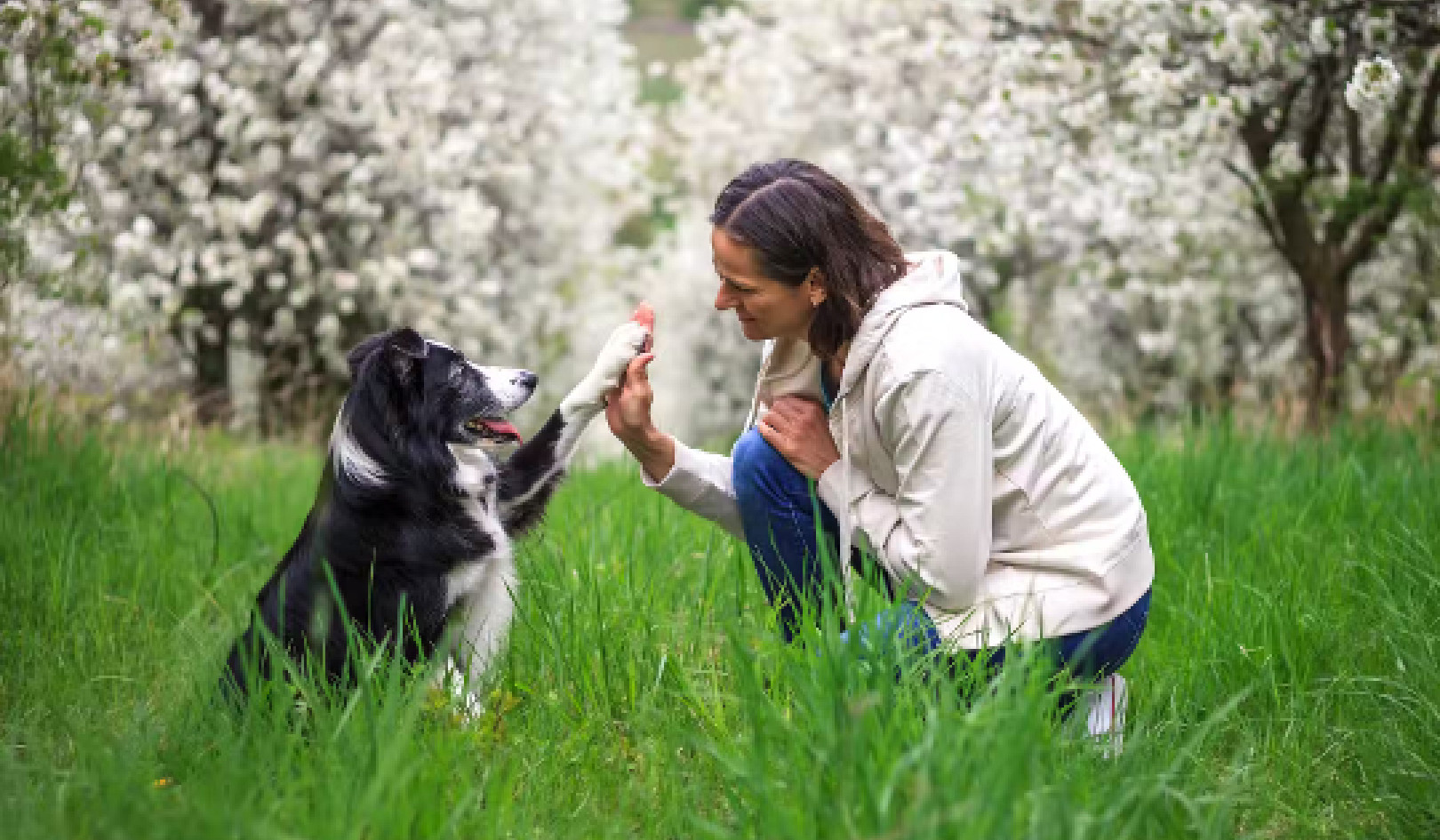
New research finds that, when schools practice mandatory masking, social distancing, and frequent hand-washing, COVID-19 transmission is rare
The pilot study in Missouri shows that’s the case even with close contact of those who test positive for the virus.
A close contact refers to anyone who has been within 6 feet for more than 15 minutes in a 24-hour period with someone infected with COVID-19.
The findings, published in the Centers for Disease Control and Prevention’s journal Morbidity and Mortality Weekly Report, mirror those of schools in other states, demonstrating that COVID-19 prevention efforts can significantly curb the spread of SARS-CoV-2 among students, teachers, and staff.
“This work is imperative because keeping kids in school provides not only educational enrichment but also social, psychological, and emotional health benefits, particularly for students who rely on school-based services for nutritional, physical, and mental health support,” says senior author Johanna S. Salzer, a veterinary medical officer with the CDC’s National Center for Emerging and Zoonotic Infectious Diseases.
The pilot study involved 57 in Missouri’s Pattonville School District in St. Louis County and the Springfield Public School District in Greene County, as well as two private schools in St. Louis County. All schools in the pilot study required students, teachers, staff, and visitors to wear masks while on campus or buses.
Other safety measures included a focus on hand hygiene, deep cleaning of facilities, physical distancing in classrooms, daily symptom screenings for COVID-19, installing physical barriers between teachers and students, offering virtual learning options, and increasing ventilation.
For two weeks in December, involved schools notified researchers of students, teachers, and staff who were either infected with COVID-19 or quarantined due to being considered a close contact of someone who had tested positive.
In St. Louis, close contacts of students or teachers who had tested positive were placed in quarantine, meaning they were not to leave their homes for 14 days from when last exposed to a positive case.
In Springfield, however, some of the close contacts of those who had tested positive were placed in modified quarantine—meaning they could stay in school if they and the infected person were wearing masks when in close contact. In this scenario, the infected person still isolated at home.
Participants included 193 people across 22 of the 57 schools—37 who tested positive for COVID-19 and 156 of their close contacts. Among participants who tested positive for COVID-19, 24 (65%) were students, and 13 (35%) were teachers or staff members. Of the close contacts, 137 (88%) were students, and 19 (12%) were teachers or staff members.
Among the 102 close contacts who agreed to testing for COVID-19 using saliva tests, only two people received positive test results indicating probable school-based SARS-CoV-2 secondary transmission.
Further, researchers identified no outbreaks in participating schools despite the high rates of community spread in December, even among the Springfield schools that followed modified quarantine protocols allowing some close contacts of positive individuals to remain in school.
“Schools can operate safely during a pandemic when prevention strategies are followed,” says Jason Newland, professor of pediatrics at Washington University in St. Louis, who treats patients at St. Louis Children’s Hospital.
Newland led the pilot program with the CDC and has advised multiple school districts in Missouri on plans for reopening schools.
“The pilot study demonstrates low transmission in schools and no student-to-teacher transmission—and this was during the height of the pandemic in December, with high rates of community spread,” he says.
“Schools with proper prevention strategies remain a safe environment for students and teachers during the pandemic,” says Randall Williams, director of the Missouri Department of Health and Senior Services
Since mid-January, the CDC, Washington University, and Saint Louis University researchers, Missouri county health departments, and school districts have participated in a larger study to further examine the COVID-19 prevention strategies and quarantine policies.
In addition, researchers are going into classrooms to measure the distances between desks to evaluate the safety of relaxing the 6-foot social distancing rule in school settings.
They’re also sending surveys to parents, teachers, and staff to assess the stress and mental health challenges surrounding quarantine. In Springfield, the researchers are continuing to study modified quarantine policies.
“The initial results helped verify that our mitigation strategies have been successful in the school setting,” says Jean Grabeel, director of health services for Springfield Public Schools. “This continued work will help to further guide the full-time return of students to in-person learning, five days a week, in a safe manner.”
About the Author
Source: Washington University in St. Louis
Books on The Environment from Amazon's Best Sellers list
"Silent Spring"
by Rachel Carson
This classic book is a landmark in the history of environmentalism, drawing attention to the harmful effects of pesticides and their impact on the natural world. Carson's work helped to inspire the modern environmental movement and remains relevant today, as we continue to grapple with the challenges of environmental health.
Click for more info or to order
"The Uninhabitable Earth: Life After Warming"
by David Wallace-Wells
In this book, David Wallace-Wells offers a stark warning about the devastating effects of climate change and the urgent need to address this global crisis. The book draws on scientific research and real-world examples to provide a sobering look at the future we face if we fail to take action.
Click for more info or to order
"The Hidden Life of Trees: What They Feel, How They Communicate?Discoveries from A Secret World"
by Peter Wohlleben
In this book, Peter Wohlleben explores the fascinating world of trees and their role in the ecosystem. The book draws on scientific research and Wohlleben's own experiences as a forester to offer insights into the complex ways that trees interact with one another and the natural world.
Click for more info or to order
"Our House Is on Fire: Scenes of a Family and a Planet in Crisis"
by Greta Thunberg, Svante Thunberg, and Malena Ernman
In this book, climate activist Greta Thunberg and her family offer a personal account of their journey to raise awareness about the urgent need to address climate change. The book provides a powerful and moving account of the challenges we face and the need for action.
Click for more info or to order
"The Sixth Extinction: An Unnatural History"
by Elizabeth Kolbert
In this book, Elizabeth Kolbert explores the ongoing mass extinction of species caused by human activity, drawing on scientific research and real-world examples to provide a sobering look at the impact of human activity on the natural world. The book offers a compelling call to action to protect the diversity of life on Earth.
al






















